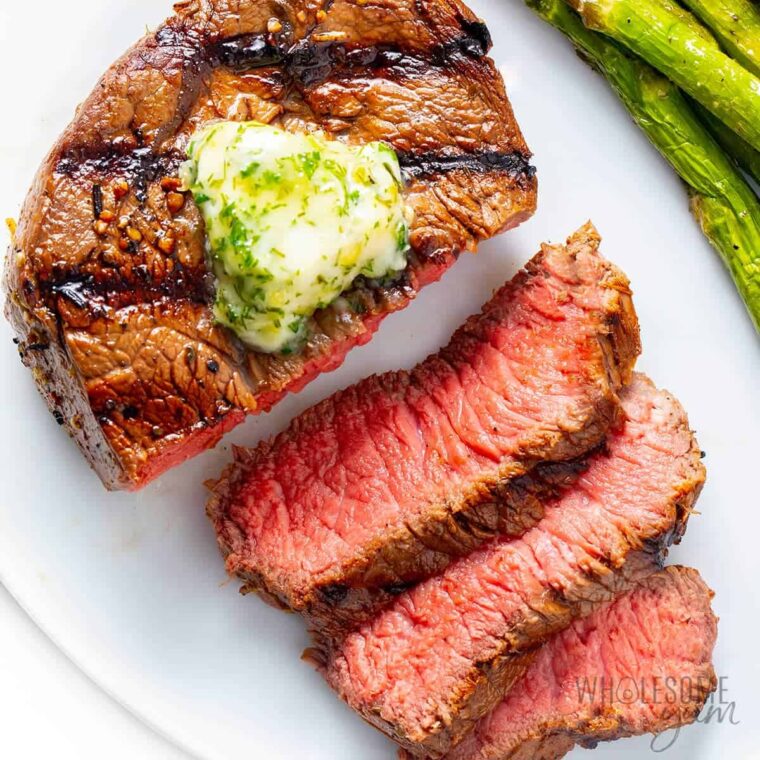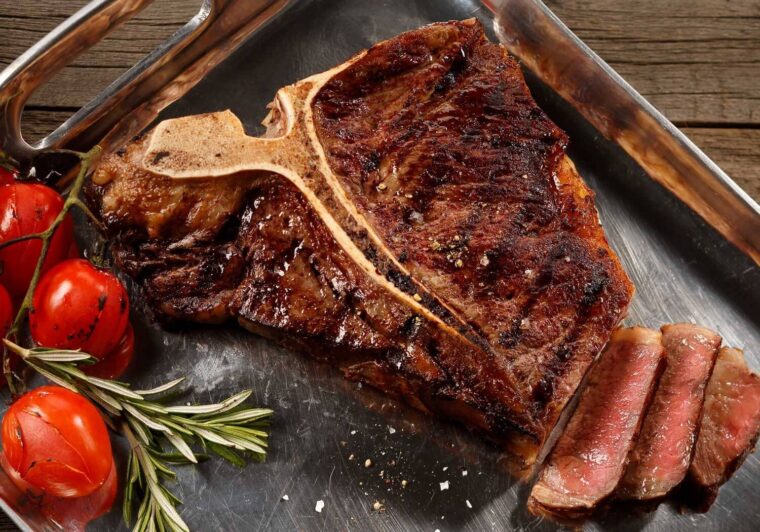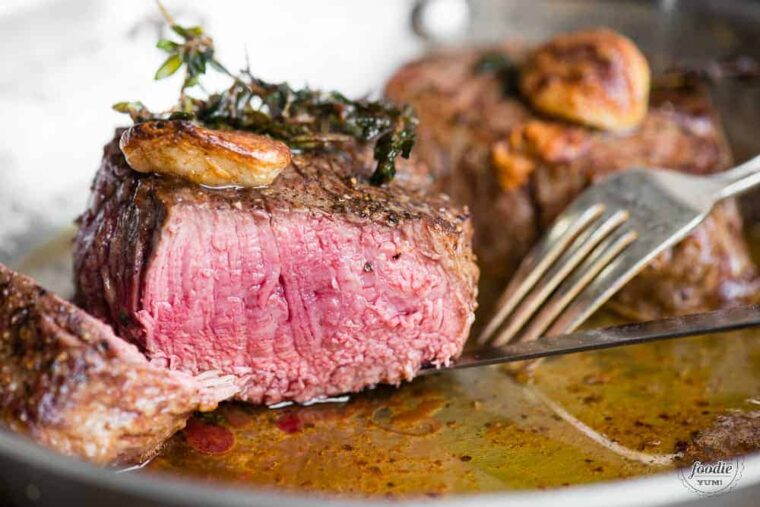Do you ever get overwhelmed by the number of cut options available for beef? It’s impossible to know what cut to choose to start your meal prep. People usually cook their steaks medium-rare because they don’t know what else to do. Knowing the difference between the various steak cuts is an integral part of steak preparation. After seeing your option, you might decide you like a different style better. The 10 prime steak cuts are discussed below:
Flank
It is one of the most loved cuts of beef. The flank steak is a staple at many dinner tables. It is cut from the lower portion of the cow’s belly, between the sirloin and the loin. Since it is a relatively fat-free cut of meat, you won’t have to spend much time removing the excess fat before cooking.
Skirt
Inexperienced cooks frequently confuse the flank and skirt steaks. These two beef steaks have some similarities but also have important distinctions.
Diaphragm muscles from a cow are the source of the skirt. The muscular fibers in this lengthy cut of meat are visible down its length.
When compared to flank steaks, skirt steaks taste more like beef. You can have a lot of fun experimenting with different marinades on them because they absorb flavor so nicely. If you are also looking for good beef cuts and lamb shanks, check out denshotdogs.com.
New York Strip

The short loin section is used to create the New York strip steak. This boneless meat is cut from the loin’s thicker portion. Usually, it’s heavily marbled and has huge chunks of fat on the outside.
New York strip steaks are thin, long, and rectangular. Those nice little shapes look great on a dish. You can also make tasty Philly cheesesteaks by slicing them into thin strips.
Rib-Eye Steaks
Ribeye steaks, or Delmonicos as we call them, are sliced from the middle of the cow’s rib cage, or the “eye,” as the name suggests. Marbling, or fat interspersed within the muscle fibers, is commonly abundant in this cut. This steak has a characteristic buttery flavor despite having a milder flavor profile than some other cuts. The ribeye steak is so juicy and delicious that it melts in your mouth.
Sirloin Steak

Above the tenderloin strip is the top sirloin steak. This steak is known to be rough since it is taken from a particularly muscular part of the animal. Despite having a low amount of fat, top sirloin steak is full of taste and will be the highlight of any meal.
It is recommended that this steak be cooked to medium-rare doneness. Achieving the ideal level of softness and flavor can be done with this method. Rub the steak with olive oil and season it with your favorite spices before grilling for a quick and easy steak dinner.
Prime Rib Servings
Prime rib and ribeye are two cuts of meat that seem similar and may cause initial confusion.
Both steaks are taken from the cow’s rib cage. The prime rib is a more substantial option for a roast. Large chunks of rib bone are a common ingredient. Flavor-wise, it usually outdoes the ribeye because of the extra bones, tissue, and fat.
T-Bone

The T-bone is a popular steak cut because of the bone’s characteristic T shape. T-bone steaks are incredibly similar to Porterhouse cuts. Tenderloin-side T-bone steaks are cut much thinner than their rib-eye counterparts.
This steak cut combines traditional strip steak’s flavor with the tenderloin’s melting tenderness. Grilling or pan-frying with spices like paprika, turmeric, and coriander is the way to go.
Tenderloin
The tenderloin is among the most expensive portions of meat. It is reduced in size due to excess silver skin and gristle removal. This lean cut of meat is surprisingly dense. It originates in a lengthy, pencil-shaped muscle situated towards the base of the short loin.
This steak’s lack of flavor is one of its few flaws. It’s incredibly subtle; some even call it buttery. To make up for the dish’s lack of flavor, careful cooking is required.
This steak can be seasoned in various ways, all of which will depend on personal choice. For instance, you can sear-roast it with a deep red wine sauce or marinate it in a jar of minced garlic. Leave the tenderloin in the refrigerator for a few hours to get a crispy crust. The surface will dry out, allowing you to sear it to a lovely brown crust.
Filet Mignon

The filet mignon is often called a tenderloin steak when this is not the case. The two styles of cutting are related but not identical.
Tender and flavorful filet mignon comes from the cow’s back. The tenderloin cap is the source of this delicious cut.
There isn’t much flavor to the filet mignon because it’s boneless. But it doesn’t mean you can’t add your flair to the flavor.
This is a delicate cut because it was taken from a rarely used muscle. Since filet mignon contains very few connective tissues, it provides the eater a “melt-in-the-mouth” sensation.
Porterhouses
A Porterhouse steak is like getting two steaks for the price of one. It’s two steaks in one, all wrapped up and ready to eat. A juicy New York strip and a sizable filet mignon sit opposite sides of the plate.
You can’t go wrong with this cut when grilling. It could take some practice to master cooking porterhouse steaks. If you know how to cook a T-bone steak properly, you’ll be able to transfer that knowledge to a Porterhouse steak. Depending on the thickness of the meat, you may need to increase the cooking time.
Conclusion
Steaks can be prepared in many different ways. Aso, different cuts require different meal preparations. With the above information, you can easily choose a cut and start with the meal preparation. The choice for the right cut of steak may vary from person to person. Choose something that is tasty, easy to prepare and something you can enjoy with your family.
